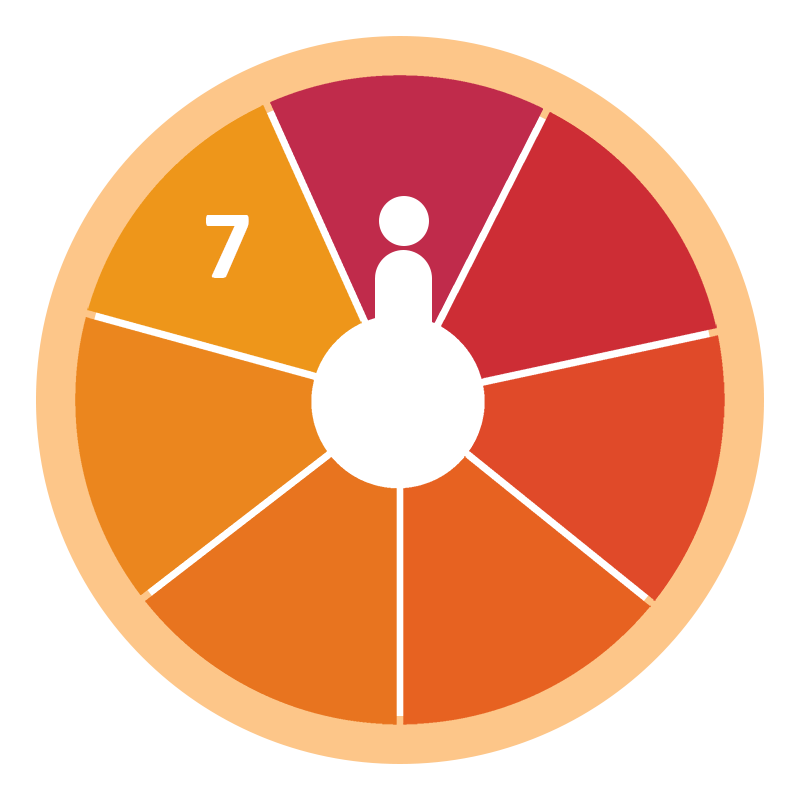This video talk is an introduction to Step 7.
Implementing the Decision
Let’s consider Nick’s situation to highlight the importance of implementing the decision.
Nick is a young man with cognitive disability.
His mother, Jane, has written about her own experiences in supporting Nick to make decisions (Tracy, 2015). She writes the following about implementing decisions:
To make choice making relevant and real, Nick’s choices must be acted upon. Choices should only be offered if they are real and there is an intention to follow through on them. If Nick’s decisions are not acted upon, then his choice becomes meaningless (p 35). |
Decision making can fail to be implemented because the tasks, the power, or resources required to implement the decision may be beyond the scope of the supporters involved in earlier stages of the decision making process.
Who are Advocates?
Supporters may need to seek out and coordinate advocates to support implementation of the decision if this step is not within the scope of their role.
Advocates can include:
- a case manager
- a paid advocate from an advocacy association
- service provider
- others in the person’s support network
Continuing Support
By now you will be aware that support permeates all the steps in making a decision. The process of support for decision making does not stop at Step 7. Continuing support should be provided for new and consequential decisions.
It is important to keep checking that the person’s preference is upheld throughout implementation. The person’s circumstances or preferences can change. If we think about supporting Sarah and Ron’s relationship, for example, what decisions would need to be made if Ron moved house and now lived 2 hours from Sarah? You can go back to Step 2 in the Framework and work through the process once more.
Remember, having an advocate or case manager to help implement a decision will not remove the need for continuing support for decision making.
Most people with cognitive disabilities will require ongoing support with some types of decisions, as well as making others on their own. Remember that the type of support a person needs depends on the nature of the decision to be made; that’s why identifying and describing the decision in Step 2 is so important.
In Step 3, we saw how Carol’s preferences were explored in encouraging her to join yoga. We now revisit Carol’s scenario, to see how this decision is being implemented.
Watch the video and then answer the questions. Write in the downloadable workbook located in the Resources section.
- Alice, Carol’s support worker, explains that Carol has been missing yoga classes. What is Carol’s explanation for this?
- Carol’s mum takes the lead in implementing the decision for Carol to continue with yoga. What approaches does she suggest to Carol so that she can make it to yoga on time?
- What would you say was effective about the way Carol’s mum proceeds to support Carol in this situation so as to ensure the decision is acted upon?
- In the end, Alice asks Carol if she likes going to yoga. Why is this check-in important to do?
Summary Module 3
Knowing the Steps in the Framework will assist you in supporting someone with a cognitive disability to make decisions.
In this module, you have learnt that support for decision making involves:
- A network of supporters
- Thinking broadly about all aspects of the decision
- Refining the decision and considering the factors constraining it
- Determining whether a formal process is needed when conflict arises
- Checking in with the person while acting upon the decision to ensure their preference is being upheld
- Ongoing support.



